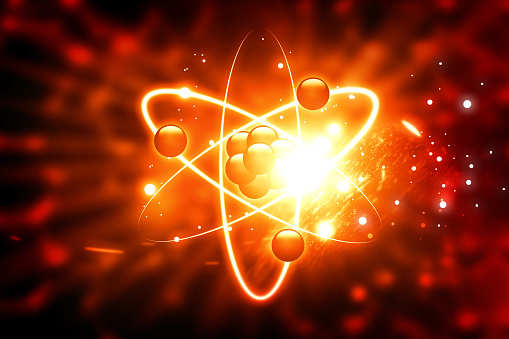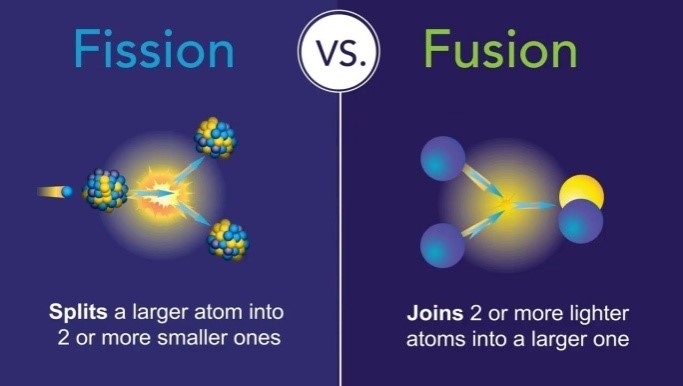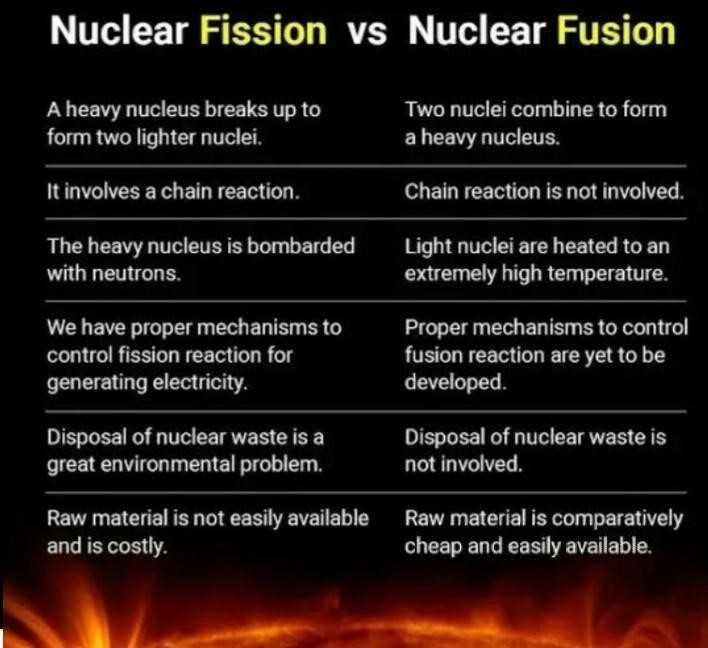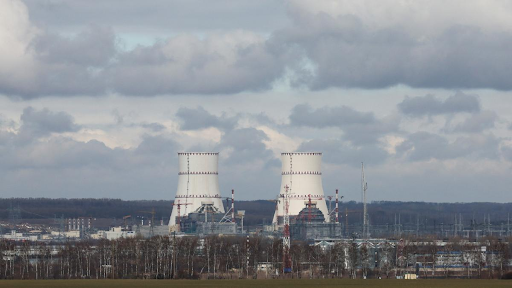Description

Disclaimer: Copyright infringement not intended.
Context
- Scientists in the United Kingdom said they have achieved a new milestone in producing nuclear fusion energy, or imitating the way energy is produced in the sun.
Nuclear Fusion
- Nuclear fusion is defined as the combining of several small nuclei into one large nucleus with the subsequent release of huge amounts of energy.
- Nuclear fusion powers our sun and harnessing this fusion energy could provide an unlimited amount of renewable energy.
Nuclear Fission
- Fission is the process of splitting a nucleus in two.
- Inside each uranium fuel pellet, there are millions of uranium nuclei.
- When these nuclei are split, a huge amount of energy is released.
- Some of this energy is from radiation, but the biggest source is kinetic energy.
- This is the energy that produces heat inside a reactor, which in turn is used to generate steam, and ultimately creates electricity.


Why is fusion a better option than fission to generate power?
- Fusion is much better than fission in a number of ways. Firstly, nuclear fusion requires less fuel than fission.
- On top of that, fusion is carried out by using deuterium (an isotope of hydrogen) as fuel, which is quite abundant in nature.
- In contrast, the fuel necessary for fission (uranium, plutonium or thorium) is very hard to get – and highly expensive.
- Furthermore, unlike fission, nuclear fusion does not produce any radioactive waste; it only produces helium atoms as a byproduct, which we can actually use to our benefit in various ways.
- Since fusion doesn’t produce runaway chain reactions the way fission can, there’s practically no risk of a meltdown in the case of nuclear fusion.
- A kilogram of fusion fuel contains about 10 million times as much energy as a kilogram of coal, oil or gas.
Why don’t we use Nuclear Fusion then?
- For fusion to occur on Earth, we need a temperature of at least 100 million degrees Celsius—six times hotter than the core of the sun.
- The sun is a natural fusion reactor which makes up for its measly 15 million degrees with the intense pressure created by its core's gravity.
- Experimental fusion reactors do exist –– but they consume way more power than they produce, which basically defeats the purpose of generating power using fusion.
- It’s also quite difficult to find materials that can withstand the reaction.
- It requires a lot of excess energy in order to keep the fusion reaction going once it has started.
- Today, we conduct fusion reactions in a machine called the Tokamak.
- Recently, China’s “artificial sun” set a new record after it ran at 120 million degrees Celsius for 101 seconds, according to the state media.
- The Experimental Advanced Superconducting Tokamak (EAST) device designed by China replicates the nuclear fusion process carried out by the sun.
The recent experiment
- Deuterium and tritium, which are isotopes of hydrogen, are heated to temperatures 10 times hotter than the centre of the sun to create plasma.
- This is held in place using superconductor electromagnets as it spins around, fuses and releases tremendous energy as heat.
- The energy was produced in a machine called a tokamak, a doughnut-shaped apparatus.
Significance
- The record and scientific data from these crucial experiments are a major boost for the ITER.
- The International Thermonuclear Experimental Reactor (ITER) is a fusion research mega-project supported by seven members — China, the European Union, India, Japan, South Korea, Russia and the U.S. — and based in the south of France.
- It seeks to further demonstrate the scientific and technological feasibility of fusion energy.
https://epaper.thehindu.com/Home/ShareArticle?OrgId=G509FU981.1&imageview=0

















